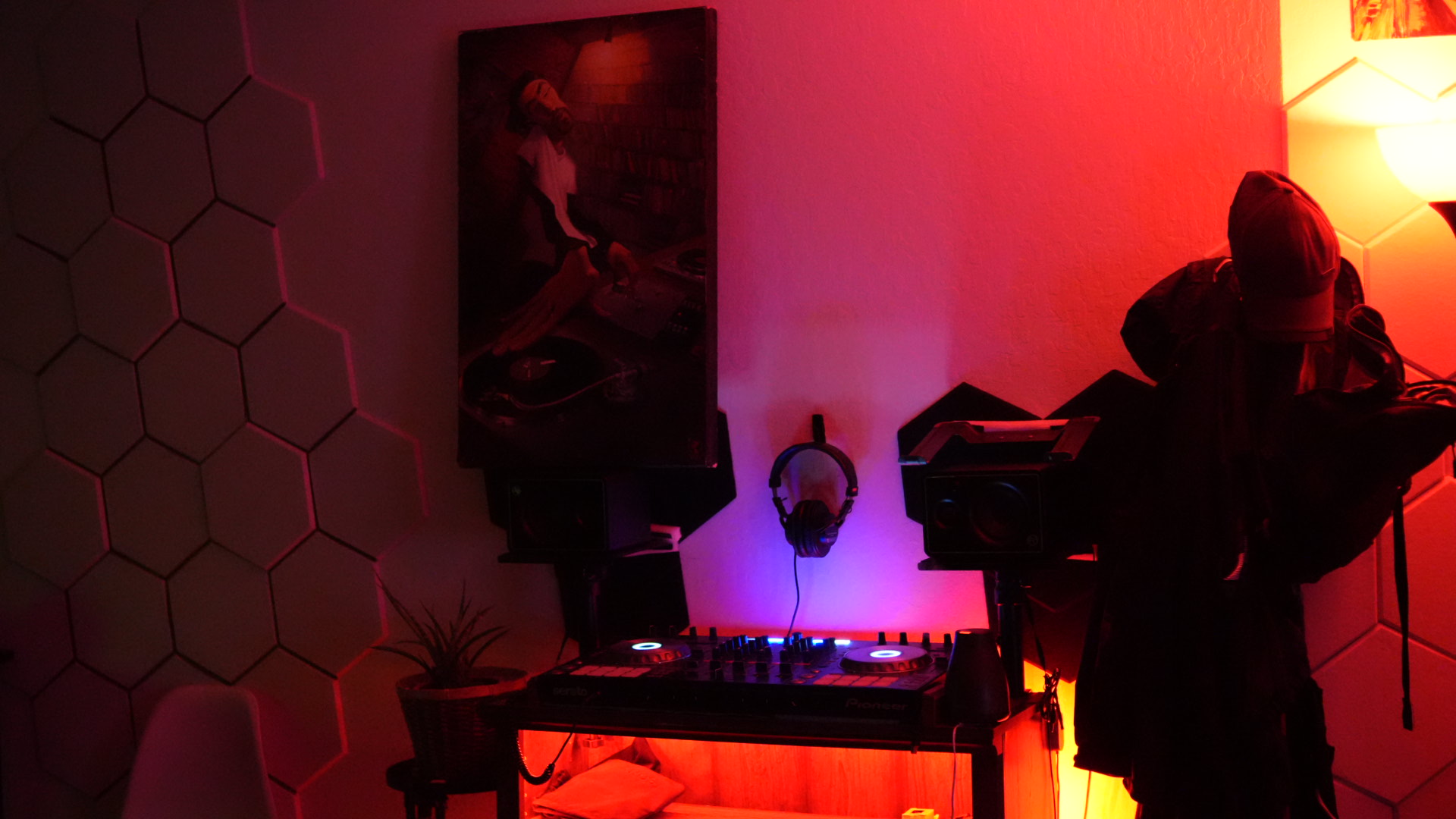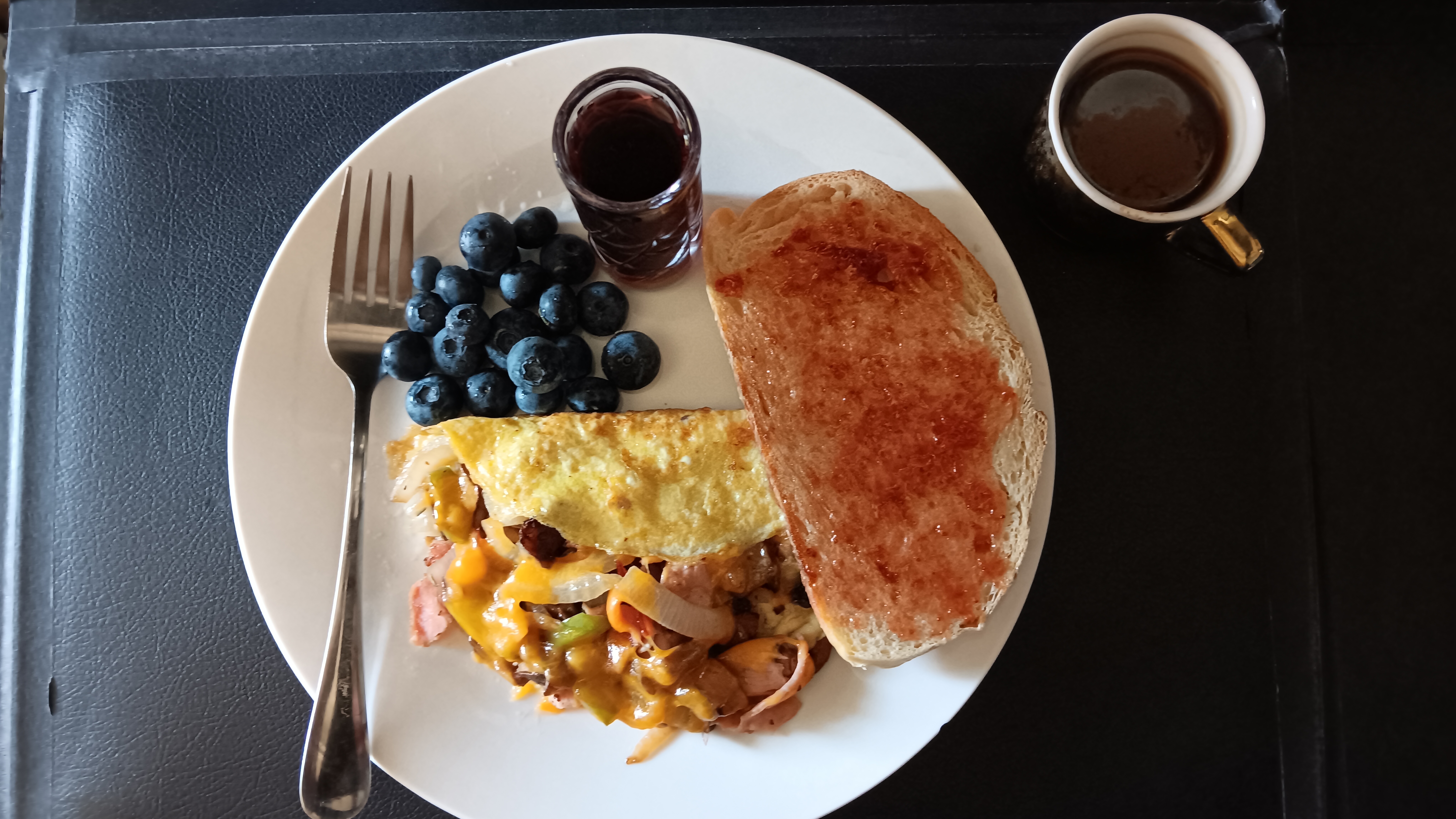Preparing for the Toss-Up
First of all, I am not a doctor or have any education in this space but the toss-up is that 1 in 2 men and 1 in 3 women in the U.S. will be diagnosed with some form of cancer, according to the American Cancer Society. I have come to believe that fasting is a resource that may help counter this probability based on the body’s reaction to food — and the lack of it, specifically sugar. Cancer can be seen as a monster that lives off sugar, and that dependency may also be its weakness.
For the past four months, I have incorporated weekly fasting into my habits — once a week for 24 hours. I believe it gives my body a chance to rest and heal itself, allowing unhealthy or damaged cells to be cleared away. The practice not only brings me mental clarity and a sense of well-being, but I also see it as part of a broader health strategy. Along with fasting, I include several complementary practices to intensify its effect. First, I expose my body to red light almost daily for a few hours at night. The benefits of red light are not widely known, but there is strong evidence that it can help reduce tissue inflammation. Since chronic inflammation fosters a tumor-friendly environment, reducing it may help prevent conditions where tumors thrive.
 Mobile app-operated lamp
Mobile app-operated lamp
Second, one hour before my fast ends, I drink half a cup of warm water with the juice of one lime and a pinch of salt to detox, and I also take a shot of cherry juice for DNA repair and inflammation. Next, I eat half a cup of blueberries for their health benefits — and because they’re delicious, one of my favorite fruits. Lastly, as a daily habit with breakfast, I make sure it includes both blueberries and a shot of cherry juice.


This is my way of answering the following question: How can one create a natural, accessible system to recycle bad cells? Again, I’m not a doctor — please do your own research, but I hope this may help others.